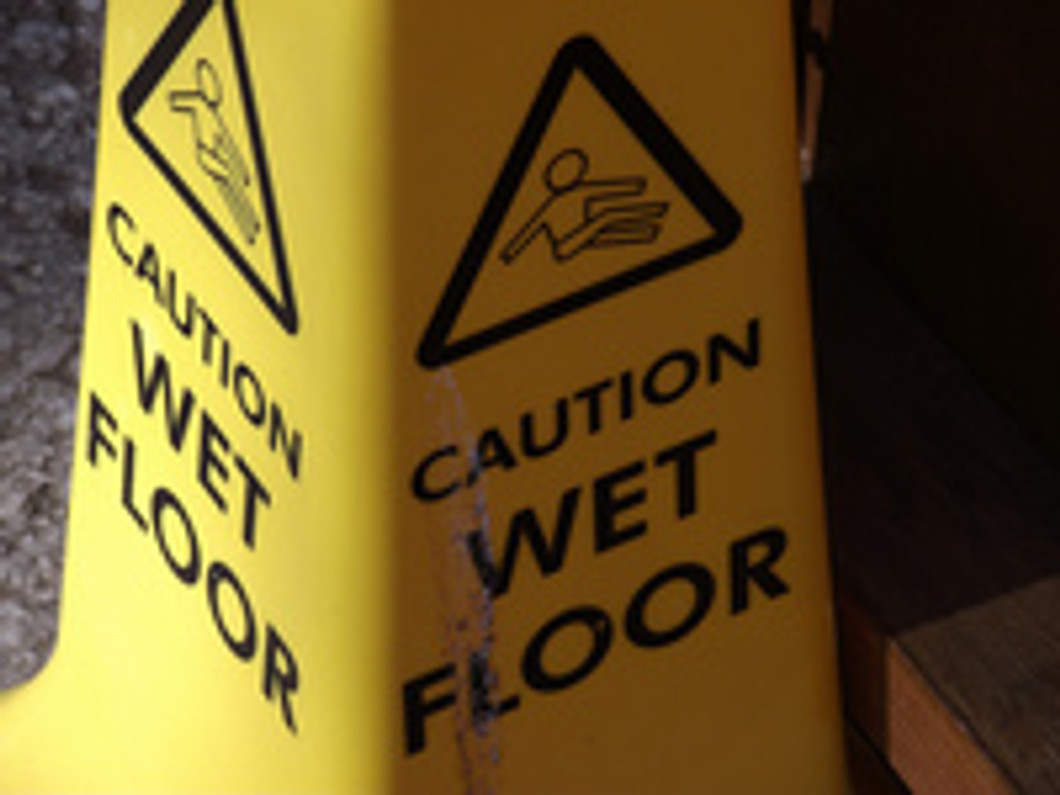Fall Protection Tops List of Most Common Safety Violations

The Occupational Safety and Health Administration (OSHA) released its list of the top 10 most common safety violations reported for 2015. Not surprisingly, "fall protection" held strong in the #1 position, attesting to the need for greater safety measures to protect workers from slip-and-fall accidents.
Fall Injuries: Are They Really a Problem?
According to OSHA, a whopping 15% of all accidental deaths are attributed to slips, trips and falls, which is only second to motor vehicle collisions and accidents. Fall accidents are responsible for the majority of general industry accidents, resulting in tens of thousands of worker injuries each year.
"The fact that OSHA’s Top 10 List is so similar, year after year, indicates that core health and safety programs need to continue to be a priority emphasis for employers,” said Susan Ripple.
How to Protect Against Fall Injuries
Thankfully, there are several steps that employers can take to help reduce the risk of slip-and-fall accidents in the workplace. For starters, workers should be required to wear non-slip footwear when working in areas with a flat, smooth surface, such as restaurants for instance. With greater traction, workers will have a lower risk of slipping and falling.
OSHA also requires employers to implement special fall protection at elevations of four feet or higher in general industry workplaces, such as a safety harness. In the event that a worker loses his or her balance, the harness will secure them in place and protect them from falling to the ground below.
Here are some other tips to help reduce the risk of slip-and-fall accidents in the workplace:
- Clean spilled liquids in a timely manner, using signage to inform workers of slippery areas.
- Cover floor holes with railing and toe-board (or a floor hole cover).
- Hold regular "toolbox talks" during which you discuss the hazards of slip-and-floor accidents with workers, along with measures to protect against such accidents.
- Provide workers with the appropriate Personal Protection Equipment (PPE).
- Keep floors clear and free of obstruction.
- Inspect your workplace for slip-and-fall hazards on a regular basis.
Recent Posts
-
Fire Safety in the Workplace: What You Need to Know
What steps are you taking to prevent fires in your workplace? According to the U.S. Occupational Saf …Aug 23rd 2023 -
Is It Safe to Go Jogging With a Cold Infection?
If you're suffering from a cold infection, you might be wondering whether it's safe to go jogging. T …Aug 22nd 2023 -
5 Safety Tips to Follow When Using a Powder-Actuated Tool
Powder-actuated tools are commonly used to join materials to steel and concrete. Also known as Hilti …Aug 20th 2023




